Gigabyte Aorus 16X review
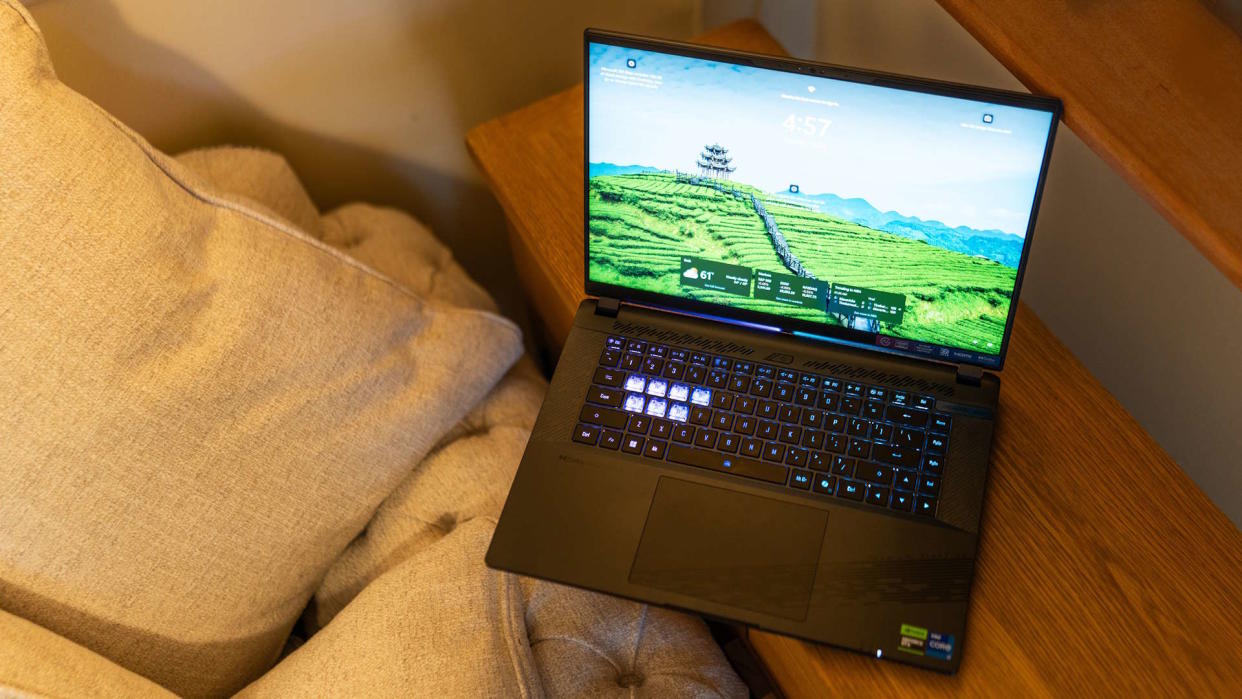
Gaming laptops aren't a new phenomenon but manufacturers keep finding new ways to make them slightly annoying. It's remarkable, really, the amount of time and energy that's poured into making things a bit worse. In the case of the Gigabyte Aorus 16X this maxim has been applied to the keyboard: specifically the QWERASD keys. In the version sent to us for review, they are see-through with a white letter on top, while the rest of the keyboard is black with a lit keycap. This means the backlight—which is the usual pulsing RGB rainbow—makes the letterforms on top much trickier to see.
This may not be a big deal, as touch typists and those who play games with the keys will rely on muscle memory to find the key. But if you ever look down to see which key you're about to press then the letter can be hard to see. Conversely, if you turn the backlight off, it becomes clearer. Lit-up WASD keys aren't a novel idea, but the implementation of them here is distinctly questionable.
Elsewhere, you'll find the kind of laptop that's great to play games on. With a 14th-gen i7 CPU and an RTX 4070 GPU, it's well set up for high detail levels and frame rates at the 165Hz display's 2560x1600 native resolution. It's bright too, with my colorimeter showing the supposedly 400-nit screen putting out 573 of the head-itching brightness units at its peak.
There's a bit of typical gaming laptop design in the 'Team up, fight on' slogan printed right under where your hand rests when typing, the plethora of vents, and the way it lights up the Aorus word mark onto your desktop from the rear of the chassis in the same way some cars project their manufacturer's logo on the ground. It's kinda nice, while simultaneously being the sort of thing you'll turn off immediately.
Aorus 16X specs
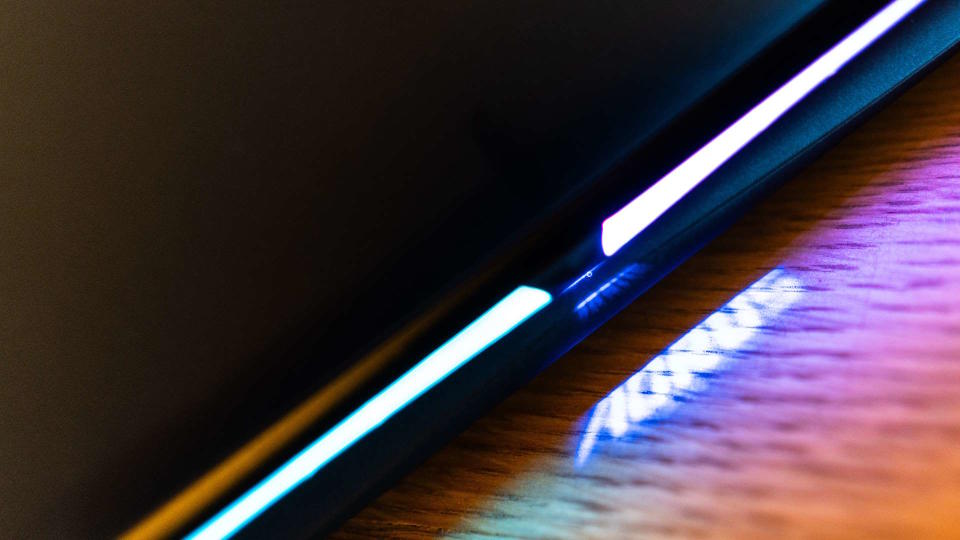
CPU: Intel Core i7-14650HX
GPU: Nvidia GeForce RTX 4070 (140W)
RAM: 32GB
Storage: 1TB SSD
Screen: 16in 2560x1600 IPS, 165Hz
Connectivity: Wi-Fi 7, Bluetooth 5.4, 1x USB4/Thunderbolt 4, 1x USB 3.2 Gen 2 Type-C, 2x USB 3.2 Gen 2 Type-A, 1x micro SD, 1x Ethernet, 1x HDMI 2.1, 1x headset, 1x DC in
Dimensions: 35.6 x 25.4 x 2.7cm
Weight: 2.3kg
Price: $1,649 | £2,097
Further keyboard woes come from Gigabyte's decision to place the Home row keys (End, PgDn, etc) to the right of Enter, meaning you'll regularly clip them when trying to confirm things until you get used to the layout. The Enter key itself is half height to make space for a massive slash that may be useful if you use the terminal a lot. It's a tenkeyless design, and the keys are otherwise nicely sized with good travel—including the arrow keys—and it incorporates Microsoft's fancy new Copilot key for chatbot fans. They are quite resistant to a press, however, and need to be bottomed out to register. The trackpad, which takes up a broad swathe of the chassis front and centre, is much better, being responsive, smooth, and unhindered by the pattern of lines painted across it.
The laptop also comes with 32GB of RAM and a 1TB SSD, which is really nice to have in these days of 150GB games, as 500GB drives are starting to feel distinctly tight. Both of them are user-upgradable too. The IPS screen is surrounded by a slim bezel with a thicker top edge to house the Windows Hello-capable webcam. It's a fairly standard setup, as are the ports spread wound the sides - you get a full-size HDMI 2.1 for all those clever VRR tricks on an external screen, and USB3.2 Gen2 in both its Type-A and Type-C guises. There's a single USB4/Thunderbolt port which you can also use for charging, though there's no symbol next to it that would indicate this, plus Ethernet, a headset jack and a microSD card slot. It's well-equipped, and comes with Wi-Fi 7 on board so you'll be able to get the best speeds from the latest routers.
The bundled power adapter showcases another curious design decision, as it plugs into the side of the laptop but doesn't have an L-shaped connector, so it sticks straight out to the left instead of neatly running to the back of your desk. The 99Wh battery gets you around six hours of use in a charge, however, which is good for a gaming laptop though will drop considerably if you push its GPU hard all the time.
Our tests show the laptop getting decent frame rates from games such as Cyberpunk 2077 with Ultra ray tracing at 1440p. The Gigabyte's RTX 4070 runs at a slightly higher wattage than that in the Lenovo Legion 7 16 PC Gamer reviewed recently, and in some benchmarks it beats that machine despite that one having an Intel Core i9 processor. That CPU's influence makes itself visible in other tests, however, where the Gigabyte model lags behind, but never by much.
Does that i7 make a big difference compared to the i9-equipped machines? Not that much, where it counts. If you look at the Cinebench R23 results, which render the same scene using a single CPU core, then again using all of them, the i7-14650HX in the Aorus 16X manages 117 points less than the i9-14900HX in the £3,600 Razer Blade 16 in single-core mode. As a 5.2GHz i7 against a 5.8GHz i9, you'd expect a difference, but it's not huge.
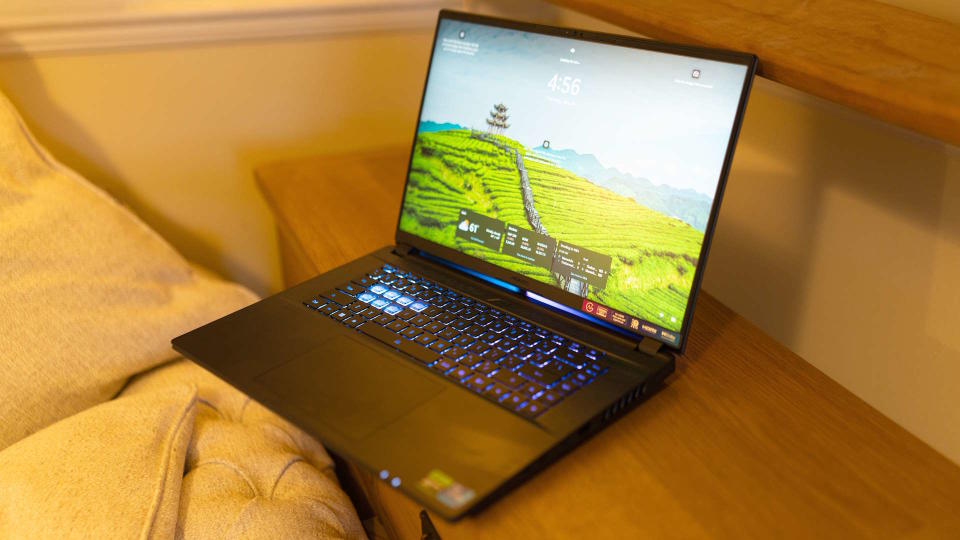


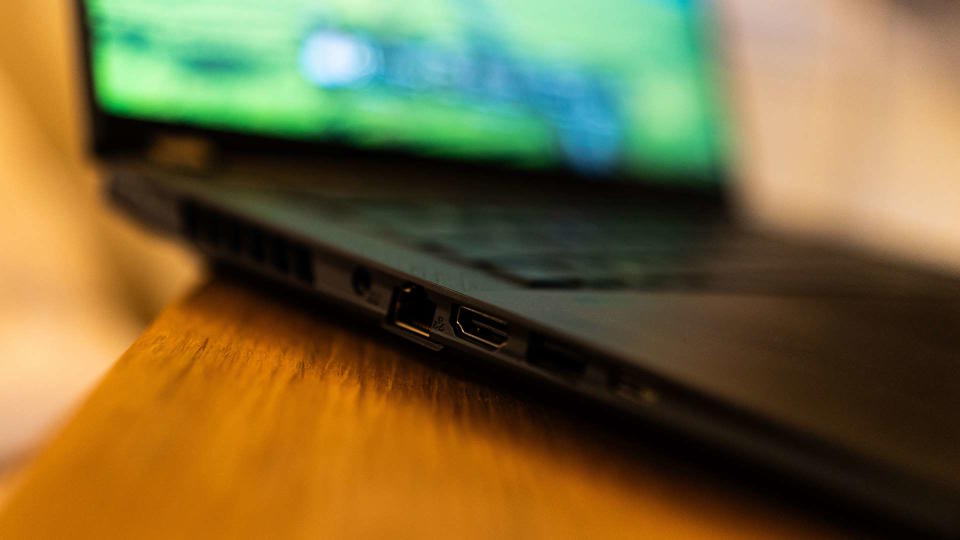
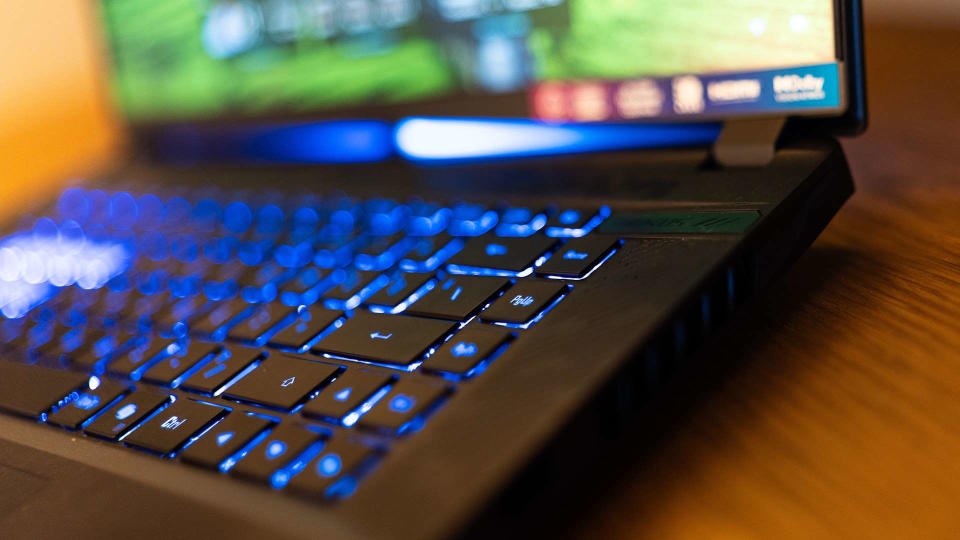
The huge difference comes when you open up all the cores, and it becomes 16 on the i7 vs 24 on the i9—the gap between them opens up to over 6,000 points. But you have to remember you're paying a lot less for the i7 Gigabyte machine than you are for the i9 Razer, though there is an i9 version of this Aorus out there too.
There's AI in the 16X too, more than just slapping the Copilot key to generate an image of a sexy motherboard. Gigabyte is so excited about it that there's an AI logo on a sticker stuck to the front of the machine alongside the screen stats and the Wi-Fi 7 logo. In practice, the effect of this is twofold. There's an AI Nexus in the Gigabyte Control Centre app, and you can allow it to monitor your usage in AI Auto Gear mode, switching between the Nvidia and integrated GPUs as needed in exactly the same way laptops have for years, only now with AI. There's also an AI Generator tab, which opens a frontend to the Stable Diffusion image generator, and Wahey! It's sexy motherboard time all over again.
Laptops like this have had their thunder massively stolen by Microsoft with its Copilot+ announcement, and the associated laptops all running on Snapdragon chips. Being a Raptor Lake Refresh chip, the CPU doesn't have the NPU shenanigans of a Meteor Lake Core Ultra, and it remains unclear which of the Copilot+ features will run on it once they're released.


